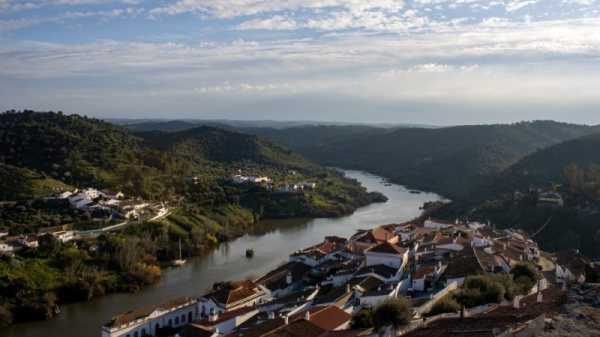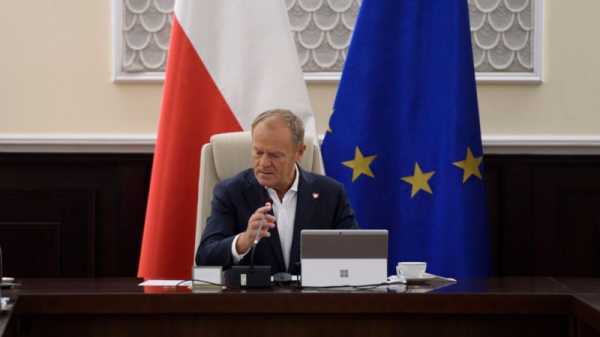
The only steel producer and biggest emitter in the country – US Steel – is ready to heavily invest in decarbonisation, but Vice-President Miroslav Kiraľvarga says it is impossible to completely abandon old, coal-fired processes of steel production in the short term.
According to the analysis of Value for Money institute, replacing old coke and coal-fired furnaces with greener electric arc furnaces would be the most cost-effective way for Slovakia to achieve its 2030 climate targets. The U.S. Steel factory, located in the eastern-Slovak metropolis Košice, currently has three coal-fired furnaces.
Kiraľvarga told EURACTIV Slovakia that the factory plans to replace two of them with greener technology. However, it is impossible to produce all kinds of steel in an electric arc furnace.
According to the European Commission, hydrogen will play an important role in the decarbonisation of heavy industry. Kiraľvarga, however, thinks that the use of green hydrogen, produced from renewable energy, is still far in the future.
“At present, commercial production of green hydrogen does not make sense. We don’t even have enough electricity from renewables; water used for electrolysis is also limited. Commercial use of hydrogen by 2030 is utopia,” Kiraľvarga noted.
Kiraľvarga reiterated that decarbonisation of the US Steel factory is only possible with the help of the state, often warning that if they do not get help, they may relocate elsewhere.
The company has long sought access to EU funds. This year, it finally succeeded; in October, the Commission approved two programmes worth about €1.1 billion to give Slovakia’s big energy-intensive companies access to the EU funds needed for decarbonisation.
Furthermore, Kiraľavarga criticised the intention of the EU Commission to cancel the free allocation of emission allowances after 2032. Kiraľvarga said the steel sector supports the implementation of the Carbon Border Adjustment Mechanism (CBAM – a mechanism through which third countries will pay for the CO2 emissions emitted during the production of various goods) as a means to protect the European industry, but this mechanism should only be supplementary to free allowances.
(Michal Hudec | EURACTIV.sk)
Source: euractiv.com



